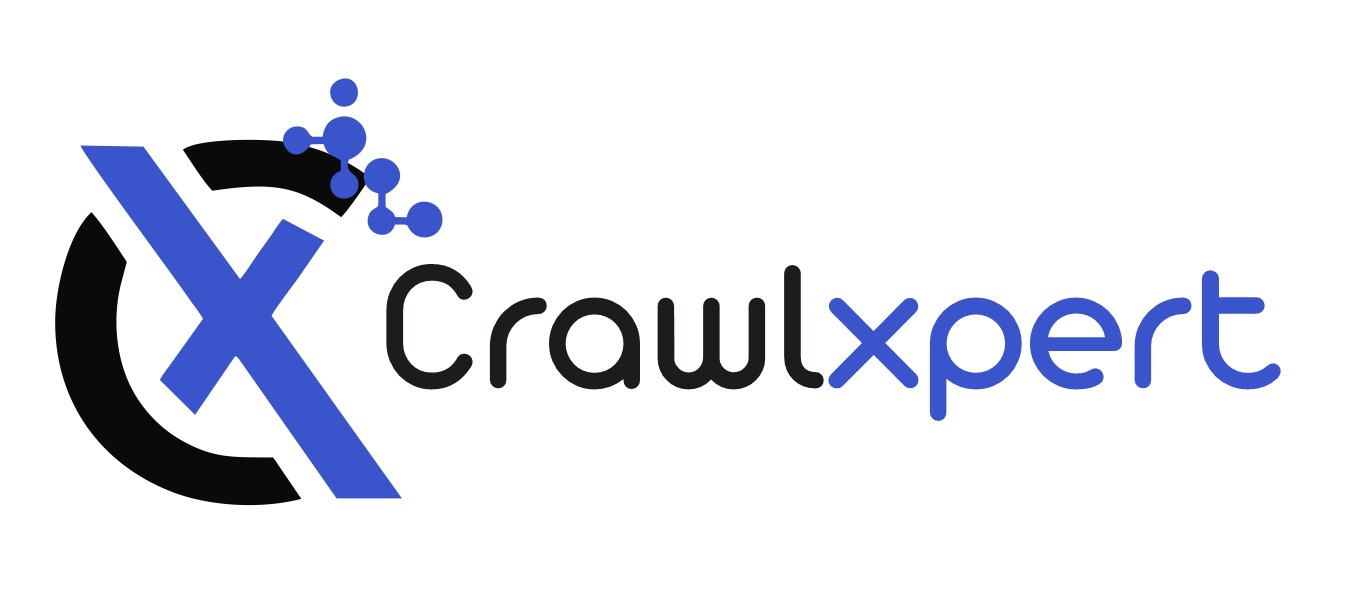
How Restaurants Use Web Scraping to Track Competitor Prices on UberEats and DoorDash
Apr 14, 2025
Introduction
Pricing is one of the most vital aspects of maintaining customers' interests and profits with food delivery. The online food ordering space has almost completely become a monopoly by supergiants in the industry, such as Uber Eats and DoorDash; hence, most restaurants have to carry on tracking competitor pricing to remain in the game. Real-time pricing information can be gathered easily with web scraping, leading to an adequate decision-making process for restaurants while setting their menu prices.
Therefore, the discussion in this article concerns how restaurants may use web scraping to surveil their competitors' prices on Uber Eats and DoorDash, the advantages for them to do so, the means to attain it technically, and some best practices inappropriately. to deal with barriers such as bot detection and counter-web scraping.
Why Tracking Competitor Prices Is Important
-
Maintain Competitive Pricing
Customers tend to compare prices before placing an order; thus, if one competitor offers a similar dish for less, the one who sells at a lower price may tend to attract a bigger customer base.
-
Dynamic Pricing
Through constant price analysis, restaurants should manipulate their menu prices based on supply and demand, competitive strategies, and other factors.
-
Optimize Profit Margins
Knowledge of competitors' prices helps set prices to maximize profits instead of losing customers.
-
Offers Strategies
Tracking discounts and promotions of Uber Eats and DoorDash shows restaurants how to launch a competitive marketing campaign.
How Web Scraping Helps in Price Tracking
What is Web Scraping?
Web scraping is the process of extracting publicly available data from websites using automated scripts or tools. In the case of Uber Eats and DoorDash, web scraping helps restaurants collect real-time pricing data from competitors' listings.
Key Data Fields to Extract
- Restaurant Name – To identify competitors.
- Menu Item Names – To match items with the restaurant's own menu.
- Pricing Details – To track price variations over time.
- Discounts & Promotions – To analyze special offers by competitors.
- Delivery Fees – To understand total costs for customers.
- Customer Ratings & Reviews – To evaluate how pricing correlates with customer sentiment.
Methods of Web Scraping UberEats and DoorDash
There are two main ways to scrape data from food delivery platforms:
1. Using Web Scraping Libraries & Tools
- Python-based Scrapers: Libraries like BeautifulSoup, Scrapy, and Selenium are popular for extracting structured data from UberEats and DoorDash.
- Headless Browsers: Tools like Puppeteer and Playwright help bypass JavaScript-heavy websites by rendering the content as a real user would.
- APIs (If Available): Some platforms offer APIs that allow developers to access pricing data without web scraping.
2. Third-Party Data Scraping Services
- Cloud-based Web Scraping Tools: Services like ParseHub, Octoparse, and Apify provide no-code solutions for extracting competitor pricing data.
- Custom Web Scraping Solutions: Some businesses develop proprietary scrapers that integrate with their pricing analytics systems.
Overcoming Anti-Scraping Measures on UberEats and DoorDash
Uber Eats and DoorDash employ various techniques to prevent automated scraping, including CAPTCHAs, IP blocking, and bot detection mechanisms. Here's how to overcome them:
1. Rotate IP Addresses and User Agents
Using a proxy rotation service allows requests to come from different IP addresses, reducing the risk of detection.
2. Simulating Human Behavior
- Implement randomized time delays between requests.
- Use headless browsing to simulate user interactions.
- Avoid sending too many requests in a short period.
3. Using CAPTCHA Solving Services
Tools like 2Captcha and Anti-Captcha help bypass CAPTCHAs automatically.
4. API-Based Alternatives
Some unofficial APIs or third-party data providers offer structured pricing data without the need for scraping.
Analyzing and Using Extracted Pricing Data
Once data is collected, the next step is to analyze it for actionable insights. Here's how:
1. Competitive Price Monitoring Dashboard
A real-time dashboard can display:
- Competitor pricing trends.
- Average pricing in specific locations.
- Most discounted items.
- Seasonal price fluctuations.
2. Dynamic Pricing Algorithms
Using AI-based pricing strategies, restaurants can automatically adjust their menu prices based on competitor data.
3. Predicting Pricing Trends
Historical data analysis can help predict when competitors are likely to increase or decrease prices, allowing restaurants to prepare in advance.
4. Optimizing Promotions and Discounts
By understanding when competitors run promotions, restaurants can time their own discounts to attract more customers.
Ethical and Legal Considerations
While web scraping is a powerful tool, businesses must ensure compliance with ethical and legal standards:
- Respect Robots.txt: Websites define what can and cannot be scraped in their robots.txt file.
- Avoid Overloading Servers: Sending too many requests in a short time can lead to service disruptions.
- Use Data Responsibly: Extracted data should be used for legitimate business insights, not malicious purposes.
Conclusion
The advantage of web scraping for restaurants is that it allows them to follow the price changes in real time on Uber Eats and DoorDash. They need not go to such lengths for award-winning automation, proxies, headless browsing, and AI-enabled analytics, which makes them also price-efficient boosters of profit. Notwithstanding this, these companies should be cautious and remain on the right side of ethics and legal compliance.
For those looking for a reliable web scraping solution, you can address your problems at platforms like CrawlXpert. They offer great data extraction services at the grassroots level and country levels specifically covered by competitive price monitoring in the food delivery space.

